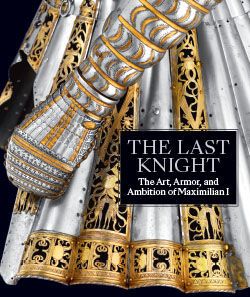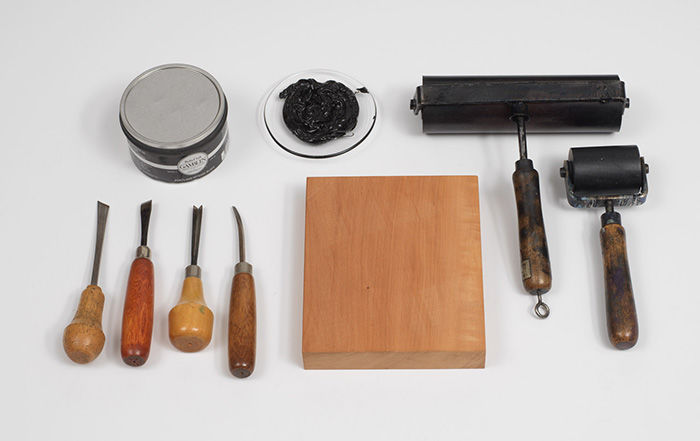Portrait of Emperor Maximilian I
Hans Weiditz the Younger German
After Albrecht Dürer German
Not on view
A celebrated printmaker, Weiditz was working as a journeyman in Hans Burgkmair’s workshop by 1518. In this year, Augsburg hosted Maximilian’s final imperial diet, at which Dürer sat with the emperor in a small chamber and drew him from life. From this sensitive drawing came a woodcut and two paintings of Maximilian by Dürer. There are also several woodcut variants after Dürer’s original block. Weiditz’s version is the most elaborate, with Maximilian placed below a fully ornamented archway. The columns are topped by griffins that hold symbols of his authority, such as the imperial crown and coat of arms, as well as Burgundian flints that bind his chain with the Order of the Golden Fleece. Created in the wake of the emperor’s death in 1519, Weiditz’s portrait not only celebrates Maximilian’s power as the direct descendant of Imperial Rome, but also his embrace of Renaissance sensibilities.
Due to rights restrictions, this image cannot be enlarged, viewed at full screen, or downloaded.



